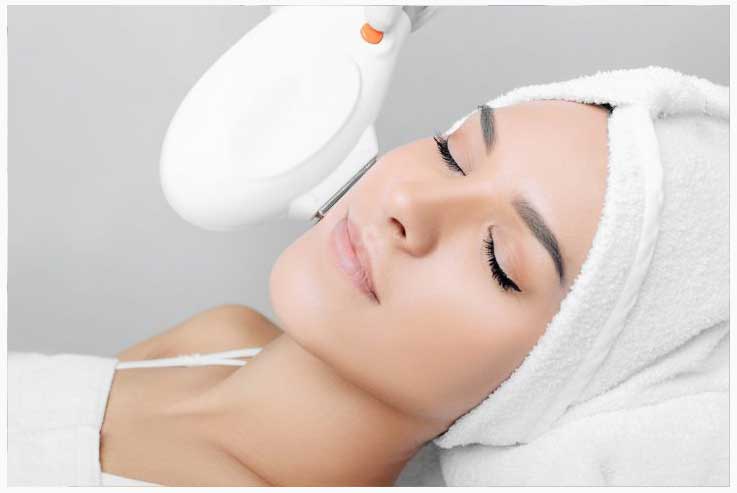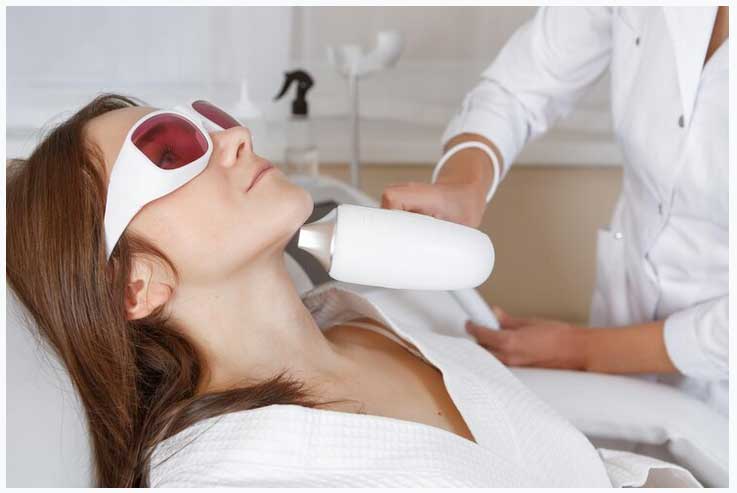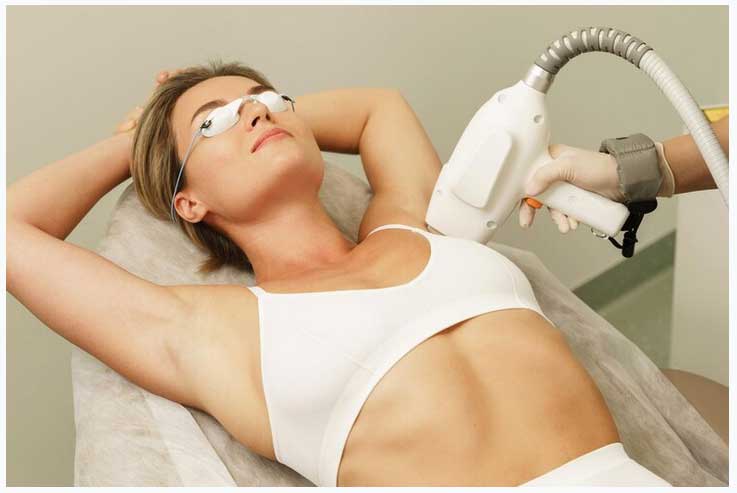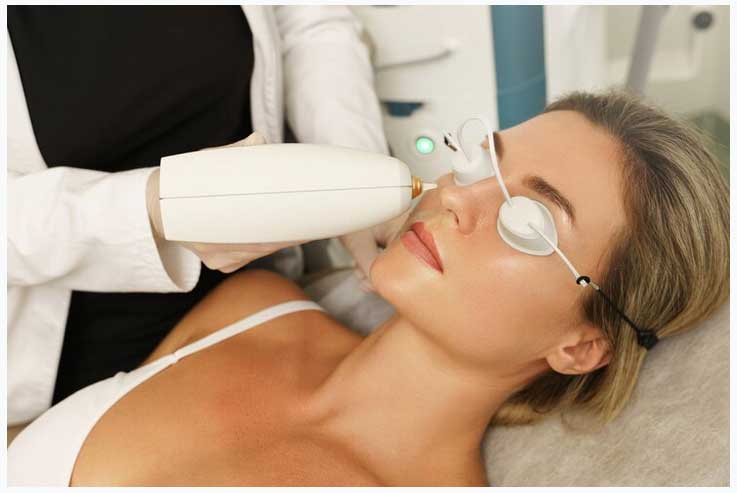

Mon-Fri (10am - 6pm)
Saturday: 10am - 3pm Sunday: CLOSED
7920 Preston Rd. #200
Plano, Texas 75024
Texas Laser Clinic (TLC) was founded in 1998 by a team of experts in Plano, Texas. TLC is a laser aesthetics clinic providing laser hair reduction and various skin rejuvenation services.


IPLs are a method of improving your skin’s texture and color with no surgery. That treatment may reverse some kinds of noticeable damage due to exposure to the sun, known as photoaging.
IPL devices send out several wavelengths of pulsating light. This treatment an be used to handle several skin conditions all at once. Because laser light does not damage other tissue, it heals faster.
IPL therapies can reduce or dispose of:


IPLs will work the best if your skin is fair or you have light brown skin. It’s not advised if you’re skin is light sensitive, you got tan recently or you have a lot of serious scarring.
You’ll be given goggles (for rejuvenation treatment of the face, it may be laser eye shields) to safeguard your eyes. Then they will apply a layer of chilled gel onto the treatment area in order to guide the light pulses into your skin. Afterwards, the treated area will additionally be cooled so your comfort level will be higher while treatment is conducted. A light guide is put on your skin and short pulses of light are released, which target several follicles at the same time. Then they move the applicator to an adjacent part of your skin and repeat the procedure until the whole section gets treated. Then, they remove the chilled gel and moisturize the area.
Texas Laser Clinic (TLC) was founded in 1998 by a team of experts in Plano, Texas. TLC is a laser aesthetics clinic providing laser hair reduction and various skin rejuvenation services.
We are a part of Eye Can See Optical.